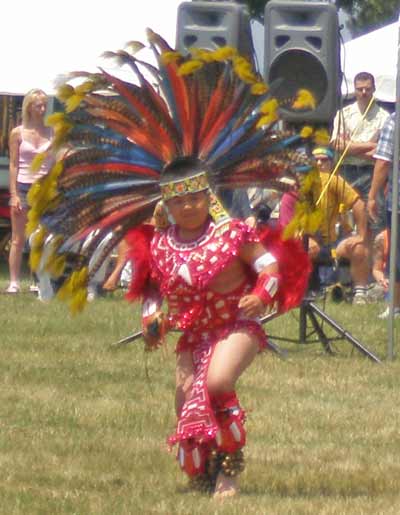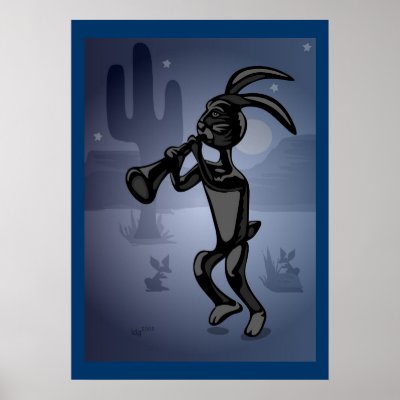
While many animals were presented in the trickster tales I've read over the past week or two, I was particularly struck by Rabbit. Not just because I once had a pet rabbit (though I must admit there is probably a bit of bias because of that), but because he seemed so very devious and almost evil. How can anyone think of a cute, little, innocent, fluffy bunny as evil? I do not know.
My original intent was to discuss Rabbit and his wily ways, but instead I came upon the American Indian Rabbit Dance.
I am not sure why, but the dance spoke to me somehow and I knew I had to do more research. This led me on a lovely journey on which I discovered the following link that leads to the Mohawk legend of the Rabbit Dance: http://webcache.googleusercontent.com/search?q=cache:http://www.turtletrack.org/Issues00/Co04222000/CO_04222000_Rabbitdance.htm
This story reveals that the Rabbit Dance is a dance of gratefulness to rabbits and all of the good things they offer to humans. I was admittedly disturbed by the Rabbit I read about in the textbook for class. He was violent, selfish, and hungry for power. In this story, though, the rabbits are understanding, gentle, and generous to the point of offering their lives for the general good of the natural world. The mutual respect for life seen in the interaction of the humans with the rabbits is quite overwhelming. In the middle of a hunt, the minds of the men are swept away by the beauty of a dance performed by creatures that are stereo-typically considered prey.

I also found this link that will take you to a short clip of the Sioux Rabbit Dance music. It is pretty neat!



